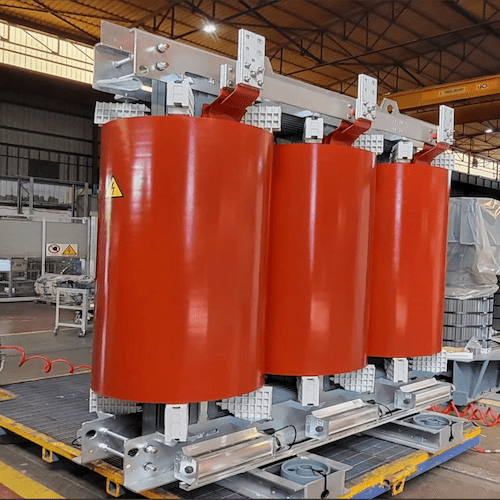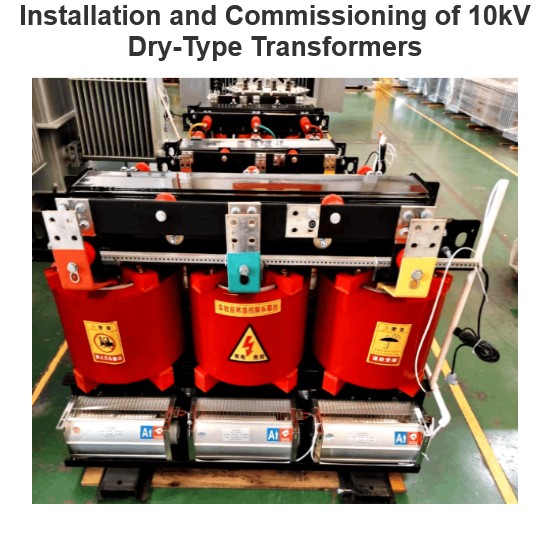What are the benefits of using a ring type transformer core?
Using a toroidal transformer core offers several advantages:
Reduced Magnetic Losses: The structure of the toroidal core provides a more uniform and efficient path for magnetic flux, which helps reduce hysteresis and eddy current losses. Its circular cross-section allows the magnetic field generated by the winding currents to distribute more evenly throughout the core, improving efficiency.
Lower Noise: Toroidal transformers generate less mechanical noise during operation. This is because the toroidal core's construction minimizes magnetostriction (the change in dimensions of a material in response to a magnetic field), which is a primary cause of the humming sound produced by traditional laminated core transformers.
Reduced Electromagnetic Interference (EMI): The design of the toroidal core helps minimize electromagnetic interference. Due to its symmetry and uniformity, it effectively reduces leakage flux, thus having less impact on surrounding electronic equipment.
Compact Size: Compared to traditional EI or similar core designs, toroidal cores can be made more compact while maintaining the same power rating. This compact design not only saves space but can also reduce material costs in some applications.
Better Heat Dissipation: Toroidal transformers generally have good heat dissipation characteristics. Their relatively large surface area facilitates heat release, allowing them to support higher loads without additional cooling measures.
In summary, adopting a toroidal transformer core not only enhances the operational efficiency of transformers but also improves their physical attributes such as reducing noise and minimizing electromagnetic interference. These advantages make toroidal transformers an ideal choice for many high-performance requirement applications.
The Electricity Encyclopedia is dedicated to accelerating the dissemination and application of electricity knowledge and adding impetus to the development and innovation of the electricity industry.













